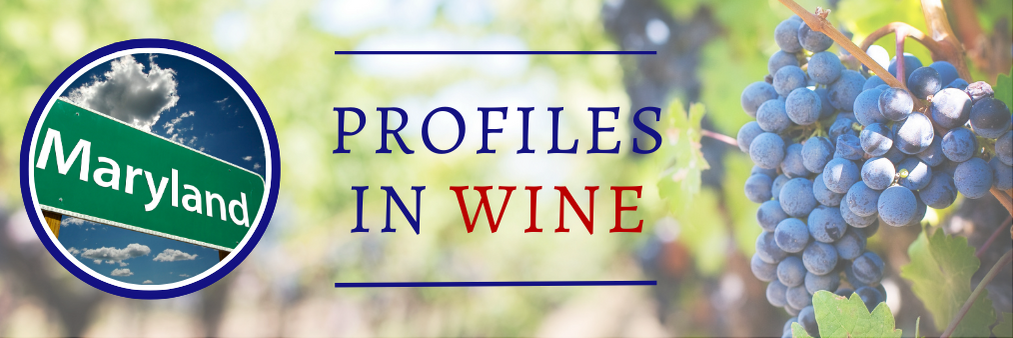Maryland has a long and fascinating wine history, including some true pioneers who catalyzed winegrowing well beyond that state’s border. The first recorded winemaking was in 1648, and in 1662 Governor Charles Calvert planted European grapes.
The modern era began in 1933 when Baltimore Sun journalist Philip Wagner published the book, “American Wines and How to Make Them,” later retitled simply “Grapes into Wine.” That seminal publication spread the passion and knowledge about winegrowing well beyond the state’s borders, akin to the “vinifera revolution” sparked by Dr. Konstantin Frank years later.
He also opened Boordy Vineyards, the first bonded winery, in 1945, and in 1980 sold it to the DeFord family which had supplied grapes and continues to operate Boordy today with four generations involved. They live and work on the farm, and cultivate 46 acres of vineyards in two different regions: Long Green Valley where the winery is located, and South Mountain Vineyard in the western Blue Ridge. In addition, Boordy Vineyards has always been an industry supporter and leader, with Rob DeFord serving as WineAmerica’s Chairman several years ago.
Another prominent Maryland producer, Old Westminster Winery, hosts an annual Summer Solstice Festival featuring dozens of the best low-intervention winemakers from around the world in a huge circus tent accommodating more than 1,000 wine enthusiasts. That festival is symbolic of the winery’s forward-looking and community-based philosophy. Boasting Maryland’s first outdoor restaurant, they also created Salt & Pepper, two food-friendly blended white and red wines at wallet-friendly prices, along with an intriguing lineup of other blends and classic varietals.
The industry continued evolving when the Maryland Grape Growers Association was formed in 1981, followed by the Maryland Wineries Association in 1984. In 2003, the MWA hired Kevin Atticks as Executive Director, who earlier this year became Maryland’s Secretary of Agriculture. During Kevin’s MWA tenure, the group instituted many innovative programs, including a Wine Selections series featuring three-packs of Maryland white, red, and Thanksgiving wines that consumers can order online and have shipped.
Maryland has a varied climate—humid/subtropical/
Great Grapes: Cabernet Franc
One of the parent varieties of the more famous and widely planted Cabernet Sauvignon, Cab Franc is commonly found in cooler, damper climates like the coastal regions of the eastern United States. A very versatile grape, the deep purple wine may be enjoyed by itself, but is often blended with Cabernet Sauvignon, Lemberger/Blaufränkisch, and other reds, or created as an elegant, refreshing Dry Rose.


